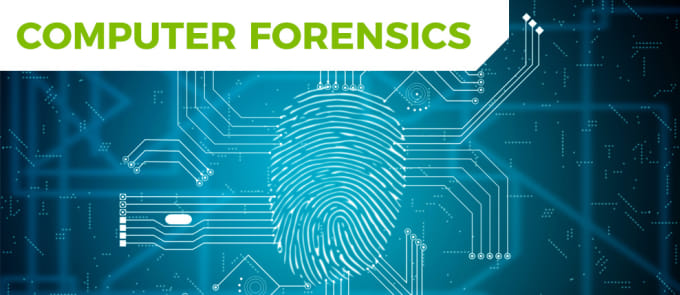Even though the ACPO Guide is aimed at United Kingdom law enforcement its main axioms are appropriate to all pc forensics in whatsoever legislature. The four main principles using this guide have now been reproduced below (with sources to police force removed) investigación digital forense:
Number action should change information presented on a pc or storage media which might be subsequently relied upon in court. In conditions in which a individual finds it required to gain access to original knowledge held on a pc or storage press, that person should be qualified to do so and be able to provide evidence describing the relevance and the implications of the actions. An audit path or other history of most techniques applied to computer-based electric evidence must be produced and preserved. An independent third-party should be able to examine these processes and achieve the exact same result.
The person in charge of the study has over all responsibility for ensuring that the law and these rules are stuck to. In conclusion, no improvements should be designed to the original, however if access/changes are required the examiner got to know what they are performing and to record their actions. Theory 2 over may possibly enhance the issue: In what condition could improvements to a suspect’s pc by a computer forensic examiner be necessary? Traditionally, the pc forensic examiner will make a copy (or acquire) information from a tool which is made off. A write-blocker[4] could be applied to make a precise bit for touch duplicate [5] of the initial storage medium. The examiner would work then from this replicate, leaving the original demonstrably unchanged.
But, it is sometimes extremely hard or attractive to switch a computer off. It may possibly not be probable to switch a computer off if doing this would lead to substantial financial or other loss for the owner. It may possibly not be desirable to modify a computer off if this could mean that potentially valuable evidence may be lost. In both these circumstances the pc forensic examiner will have to hold out a’live acquisition’which may include working a small plan on the suppose computer in order to duplicate (or acquire) the information to the examiner’s hard drive.
By running such an application and attaching a destination drive to the think pc, the examiner can make changes and/or additions to the state of the pc which were maybe not present before his actions. Such activities would remain admissible as long as the examiner recorded their measures, was aware of the impact and was able to explain their actions. For the purposes of this article the pc forensic examination method has been split into six stages. While they are shown within their usual chronological buy, it is essential during an examination to be flexible. For example, through the analysis period the examiner might find a brand new cause which will justify more computers being analyzed and will mean a come back to the evaluation stage.
Forensic determination is a significant and occasionally ignored period in the examination process. In commercial computer forensics it may include teaching customers about program preparedness; as an example, forensic examinations will give you tougher evidence in case a server or computer’s built-in auditing and logging systems are all turned on. For examiners there are lots of areas where previous organisation can help, including instruction, normal testing and confirmation of pc software and equipment, understanding of legislation, dealing with sudden problems (e.g., how to proceed if kid pornography exists during a professional job) and ensuring your on-site exchange kit is complete and in functioning order.
